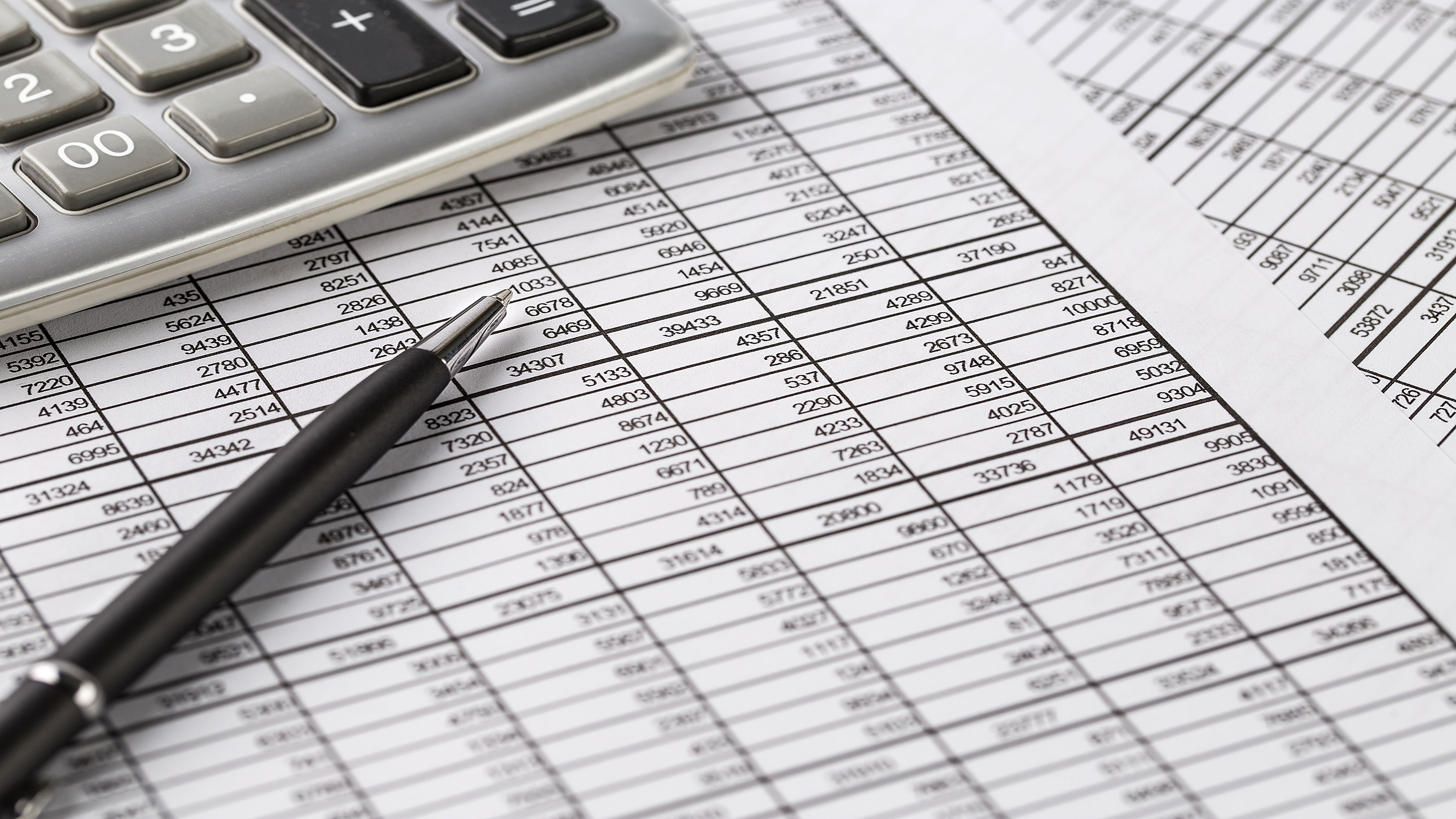Answers to Your Alternative Minimum Tax Questions
Here's what you need to know about this parallel tax system that's hitting more and more middle-class taxpayers.

The alternative minimum tax (AMT) was designed to keep wealthy taxpayers from using loopholes to avoid paying taxes. But because it's not automatically updated for inflation, more middle-class taxpayers are getting hit with the AMT. Although Congress implemented a patch for 2008, these answers to frequently asked questions can help you decide if you are still at risk of falling under the AMT.
What is the alternative minimum tax?
The AMT is a parallel tax system that operates in the shadow of the regular tax, expanding the amount of income that is taxed by adding items that are tax-free under the regular tax system and disallowing many deductions.
From just $107.88 $24.99 for Kiplinger Personal Finance
Become a smarter, better informed investor. Subscribe from just $107.88 $24.99, plus get up to 4 Special Issues

Sign up for Kiplinger’s Free Newsletters
Profit and prosper with the best of expert advice on investing, taxes, retirement, personal finance and more - straight to your e-mail.
Profit and prosper with the best of expert advice - straight to your e-mail.
To figure out whether you owe any additional tax under the alternative minimum tax system, you need to fill out Form 6251. If the tax calculated on Form 6251 is higher than that calculated on your regular tax return, you have to pay the difference as AMT. It can result in you paying hundreds or thousands of dollars in additional taxes.
Why are middle-class folks being hit with the AMT?
In 1987, one year after the last major overhaul of the alternative minimum tax system, only one tenth of 1% of all returns had to pay the alternative minimum tax.
Today, the alternative minimum tax is no longer just for high-income individuals. Many middle-income Americans are paying the AMT or having their tax credits limited by its hidden effects.
The Treasury Department expects that more and more people will be paying the AMT over the next few years. In fact, 39% of of married couples with children are expected to be paying AMT by 2010.
More people will be subject to the AMT largely because the AMT exemption amounts have not been indexed for inflation. Regular tax brackets and personal exemptions are indexed for inflation each year to prevent bracket creep, an automatic upward shift in the marginal income tax bracket through inflation. More and more people will be subject to the AMT, not because they are making more money in real dollars, but just through the effects of cost-of-living adjustments in their wage income.
For each of the past few years, Congress has approved temporary patches to increase the amount of income exempt from the AMT. But these short-term solutions generally protect new taxpayers from being hit by the AMT. If you have paid it in past years, it's likely that you will continue to pay it. For 2008, Congress raised the AMT exemption to $69,950 for joint filers and surviving spouses; $46,200 for individuals and heads of household and $34,975 for married couples filing separately. The patch protects 20 million new taxpayers from being affected by the AMT on their 2008 returns.
Without the patch, the government estimated that more than 80% of taxpayers with incomes between $100,000 and $200,000 would have owed the AMT on their 2008 returns.
Will the 2008 filing season be delayed?
No. This year, Congress passed the AMT patch in enough time for IRS to program the changes into its computer. In 2007, the AMT patch was enacted in December after the forms had been sent to the printer. Because it took IRS several weeks to reprogram its computers, three to four million filers had to wait until mid-February before IRS could process their returns.
Why does the AMT exist?
In 1969, Congress noticed that 155 people with high incomes were legally using so many deductions and other tax breaks that they were paying absolutely nothing in federal income taxes. Their $0 tax bill was an embarrassment. So Congress instituted the AMT with the aim of making the tax system fairer.
Because the AMT was never indexed to inflation -- as the regular income tax is -- each year, more and more middle-income taxpayers are snared by a tax originally targeted at the rich. The "patch" discussed above is Congress's attempt to slow down the expansion of the AMT to taxpayers to whom it was never intended to apply.
Why would I have to pay the AMT?
- Compare the tentative minimum tax to your regular tax (tentative minimum tax should be the line above your regular tax) to see how close you were to paying the AMT.
- Look for positive entries on lines 1 through 26, which indicate increases to your taxable income for the purposes of the AMT. For instance, you have to put various items back into your income, adding such items as your standard deduction, personal exemptions, home equity mortgage interest, miscellaneous deductions such as employee business expenses, and the bargain element of any incentive stock options you excercised.
Profit and prosper with the best of Kiplinger's advice on investing, taxes, retirement, personal finance and much more. Delivered daily. Enter your email in the box and click Sign Me Up.

-
 Gold and Silver Shine as Stocks Chop: Stock Market Today
Gold and Silver Shine as Stocks Chop: Stock Market TodayStocks struggled in Friday's low-volume session, but the losses weren't enough to put the Santa Claus Rally at risk.
-
 Don't Wait Until January: Your Year-End Health Checklist to Kickstart 2026
Don't Wait Until January: Your Year-End Health Checklist to Kickstart 2026Skip the fleeting resolutions and start the new year with a proactive plan to optimize your longevity, cognitive health, and social vitality.
-
 Premium Rewards Cards: More Perks, Higher Fees
Premium Rewards Cards: More Perks, Higher FeesSome issuers are hiking the annual fee on their flagship luxury credit cards by hundreds of dollars. Are they still worth using?
-
 Kiplinger's Tax Map for Middle-Class Families: About Our Methodology
Kiplinger's Tax Map for Middle-Class Families: About Our Methodologystate tax The research behind our judgments.
-
 Retirees, Make These Midyear Moves to Cut Next Year's Tax Bill
Retirees, Make These Midyear Moves to Cut Next Year's Tax BillTax Breaks Save money next April by making these six hot-as-July tax moves.
-
 Estimated Payments or Withholding in Retirement? Here's Some Guidance
Estimated Payments or Withholding in Retirement? Here's Some GuidanceBudgeting You generally must pay taxes throughout the year on your retirement income. But it isn't always clear whether withholding or estimated tax payments is the best way to pay.
-
 How to Cut Your 2021 Tax Bill
How to Cut Your 2021 Tax BillTax Breaks Our guidance could help you claim a higher refund or reduce the amount you owe.
-
 Why This Tax Filing Season Could Be Ugly
Why This Tax Filing Season Could Be UglyCoronavirus and Your Money National Taxpayer Advocate Erin M. Collins warns the agency will continue to struggle with tight budgets and backlogs. Her advice: File electronically!
-
 Con Artists Target People Who Owe The IRS Money
Con Artists Target People Who Owe The IRS MoneyScams In one scheme, thieves will offer to "help" you pay back taxes, only to leave you on the hook for expensive fees in addition to the taxes.
-
 Cash-Rich States Lower Taxes
Cash-Rich States Lower TaxesTax Breaks The economic turnaround sparked a wave of cuts in state tax rates. But some say the efforts could backfire.
-
 The Financial Effects of Losing a Spouse
The Financial Effects of Losing a SpouseFinancial Planning Even amid grief, it's important to reassess your finances. With the loss of your spouse's income, you may find yourself in a lower tax bracket or that you qualify for new deductions or credits.